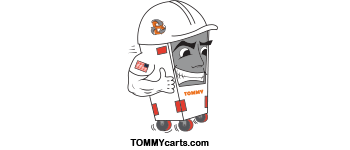Wood
Wood waste makes up about 40% of the infeed to mixed C&D recycling facilities. The most common type of C&D wood generated is typical dimensional lumber, but there is also plywood, treated wood, and manufactured wood such as composite panels that can come into a C&D recycling facility. The two main products made from this wood are mulch and compost, or biomass. Other possible products the wood can be recycled into include: animal bedding, temporary roads, and cover in landfill, infeed for composite panel manufacturing or other new wood products, as well as wood pellets. For mulch and compost, only non-treated and usually non-manufactured wood are used to create this ubiquitous product. Unpainted wood is preferred. The mulch can be dyed into a variety of colors. Being made from an already dried product, C&D mulch can last longer that that made from virgin wood. For C&D biomass, the U.S. Environmental Protection Agency has recognized it as a legitimate fuel that is clean enough to be exempted from its Non-Hazardous Secondary Materials rule (https://www.epa.gov/rcra/final-rule-additions-list-categorical-non-waste-fuels). Strict steps must be followed in order to qualify this as a fuel, which is often used in waste-to-energy facilities, cement kilns, and paper-producing plants. Wood that has been treated with such preservatives such as copper chromated aresenate (CCA), creosote, or chlorophenol must be removed as much as possible before it is prepared into an end product. It is an excellent fuel because it is already been kiln dried, so moisture does not have to be removed before it can be incinerated and the energy recovered. For similar reasons, C&D wood is an excellent source material for wood fuel pellets. |

























